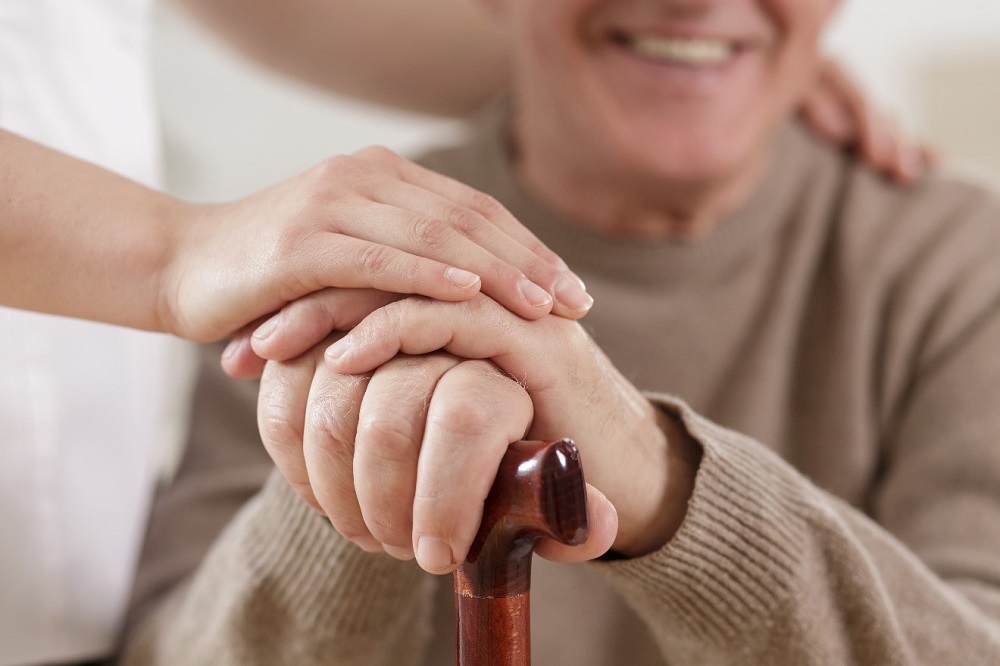The number of people suffering from Alzheimer’s in the U.S. is expected to increase from 5.3 million today to a staggering 13.5 million by 2050.
Ten million of those people will be boomers.
One in 8 Americans age 65 and over has the disease. By the age of 85, this becomes 1 in 2.
And a new study presented at the 2019 Alzheimer’s Association International Conference in Los Angeles reported that people who have a genetic risk and live an unfavorable lifestyle are three times more likely to develop Alzheimer’s.
But there’s good news in the report too.
Steps for Alzheimer’s Prevention
If a person, even someone whose genetics put them at risk, maintains a favorable lifestyle, their risk of developing the disease is 32% lower.
The lifestyle choices that facilitate the development of Alzheimer’s are diets high in sugar and salt, lack of regular exercise, smoking cigarettes, and alcohol use.
None of those factors should come as a surprise to anyone. Research has been telling us for years that all four are significant – and not just when it comes to Alzheimer’s.
All of these choices are also associated with heart disease and a host of other health problems.
And there were a few surprises in the report as well.
Drugs used to treat depression, psychosis, Parkinson’s disease, epilepsy and some bladder problems are associated with a 50% increase in the odds of developing dementia.
But the real stunner in the report is that drinking just one artificially sweetened beverage per day has been associated with an almost threefold increase in the risk of developing this horrible disease.
So much for Diet Coke!
And the costs associated with Alzheimer’s are through the roof.
The Alzheimer’s Association reports that the yearly cost of care per person ranges from $41,689 to as high as $56,290. That includes the costs of nursing home care, out-of-pocket spending and in-home care.
By the age of 80, 75% of people with Alzheimer’s end up in a nursing home. That’s compared with only 4% of the population as a whole.
The average daily cost for in-patient care is around $300.
The average person survives four to six years after a diagnosis. However, some people live for as long as 20 years with the disease. And 40% of that time is spent in the most severe stage.
This crippling and deadly illness destroys too many lives and is an economic catastrophe for most.
If exercising, eating right, giving up cigarettes and at least lowering your alcohol intake can reduce the incidence of developing it, even in the highest risk group, it is no longer just a good idea to make some changes.
It’s an absolute necessity.
From a personal and a financial perspective, make these changes today.
Good investing,
Steve
